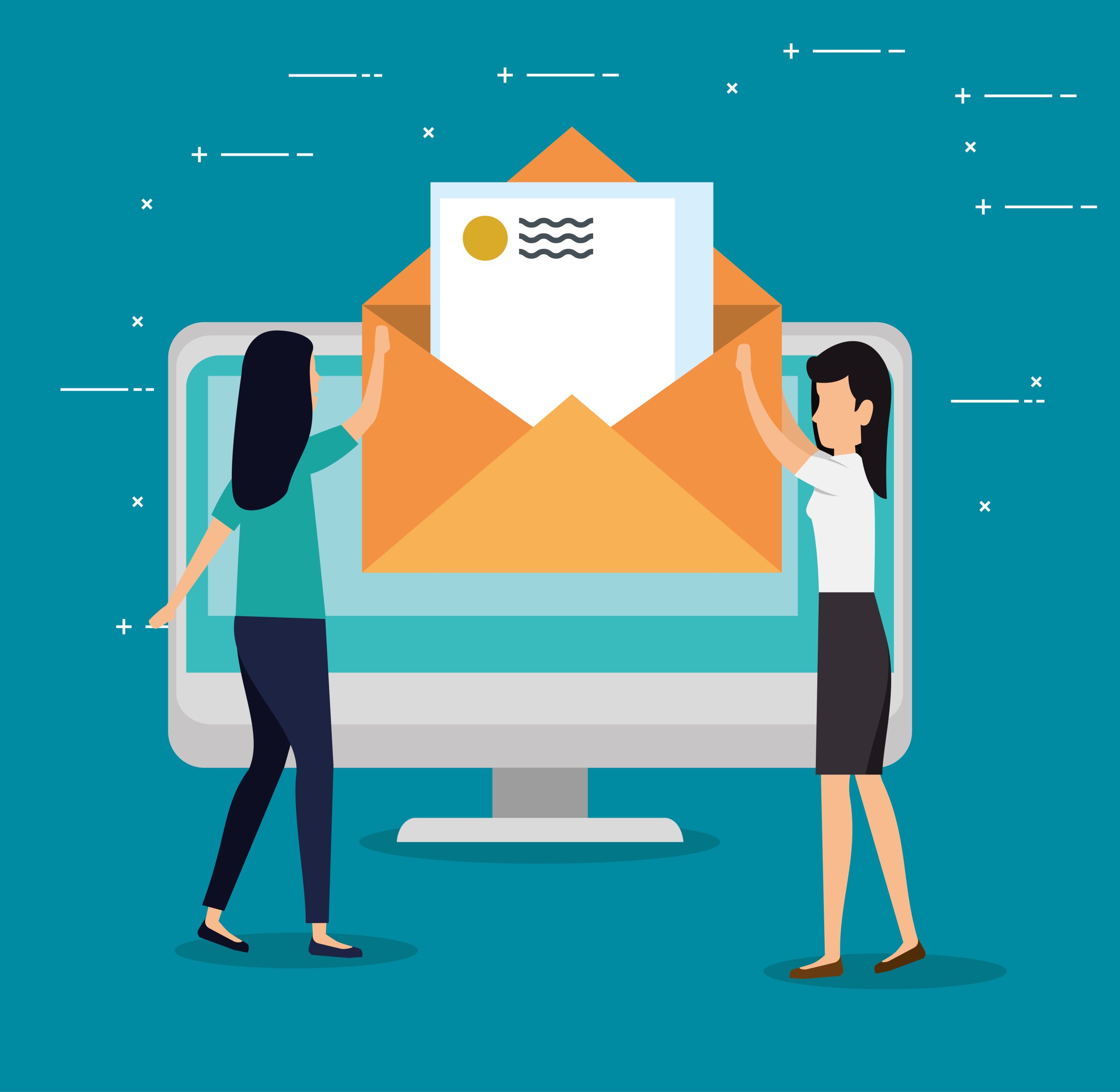Introduction
Cold outreach is still one of the most powerful tools for generating leads — if you do it right. The problem? Most sales emails get ignored because they sound robotic or too pushy.
In this blog, we’ll share 10 tested and proven cold sales email templates that have helped sales teams connect with prospects, start conversations, and close deals — even with cold leads.
1. The “Personal Connection” Cold Email
Subject: Ali, I noticed your company recently launched [Product Name]
Body:
Hi [First Name],
I came across [Company Name]’s recent [news, product, or announcement] — impressive work!
I help similar companies improve [specific result] through [your solution]. Would you be open to a quick 10-minute call this week to explore if we can support your growth?
Best,
[Your Name]
[Your Company]
Why it works: Shows genuine interest and personalization instead of a generic pitch.
2. The “Problem-Solver” Approach
Subject: Quick fix for [pain point] at [company name]
Body:
Hi [First Name],
I noticed many [industry type] companies face [specific problem]. We recently helped [similar company] achieve [specific measurable result].
Would you like me to send a short case study or schedule a call to discuss how this could apply to [Company Name]?
Best,
[Your Name]
Why it works: Offers a quick, value-driven hook tied to their pain point.
3. The “Straightforward Offer” Email
Subject: Can I help you get [specific result]?
Body:
Hey [First Name],
I’ll keep this short. I specialize in helping [target audience] achieve [benefit] through [solution].
If this sounds relevant, I’d love to share a quick overview — promise no fluff.
Interested?
Cheers,
[Your Name]
Why it works: It’s concise, confident, and action-focused.
4. The “Mutual Connection” Email
Subject: [Mutual contact] suggested I reach out
Body:
Hi [First Name],
[Mutual Contact’s Name] thought you might be interested in how we’re helping teams like yours streamline [specific task].
Would you have 10 minutes later this week to see if there’s potential value for [Company Name]?
Best,
[Your Name]
Why it works: Leveraging mutual trust makes the email feel warm and credible.
5. The “Quick Question” Email
Subject: Quick question about [topic]
Body:
Hi [First Name],
Do you currently have a system in place for [specific process or pain point]?
I ask because we’ve seen great results with [industry] companies using [your product/service].
Happy to share a quick demo if you’re curious.
Thanks,
[Your Name]
Why it works: Opens a dialogue instead of pitching right away.
6. The “Case Study Hook” Email
Subject: How [Successful Client] increased [result] by [X%]
Body:
Hi [First Name],
We recently helped [Client Name] increase [result] by [percentage] in [timeframe].
Would you be interested in seeing how we did it — and how it might work for [Company Name]?
Best,
[Your Name]
Why it works: Social proof grabs attention and builds trust fast.
7. The “Compliment + Offer” Email
Subject: Loved your recent [blog/podcast/post]
Body:
Hi [First Name],
I really enjoyed your recent [content type] on [topic]. Great insights!
I thought you might also find value in what we’re doing with [solution]. We’re helping teams like yours [benefit].
Would you like me to send a short overview?
Warm regards,
[Your Name]
Why it works: Flattery opens the door; relevance keeps it open.
8. The “Follow-Up After No Reply” Email
Subject: Just checking in — any thoughts?
Body:
Hey [First Name],
Just wanted to follow up on my previous email about [topic].
I know things get busy, so if now’s not the right time, I can reach out next month.
Should I?
Best,
[Your Name]
Why it works: It’s polite and keeps the conversation open without pressure.
9. The “Free Value First” Email
Subject: Free resource: [guide/report/template] for [pain point]
Body:
Hi [First Name],
I created a short [guide/tool/template] that helps [target audience] solve [pain point].
You can grab it here: [link] — no strings attached.
If you find it helpful, we can explore a few tailored solutions later.
Best,
[Your Name]
Why it works: You build goodwill first — making future conversations easier.
10. The “Event or Update” Cold Email
Subject: Inviting you to [event/webinar/product launch]
Body:
Hi [First Name],
We’re hosting a short [event/webinar] on [topic] that might interest [industry professionals like you].
It’s happening on [date/time], and we’ll be covering [key benefits].
Can I reserve a seat for you?
Best,
[Your Name]
Why it works: Inviting instead of selling creates a low-pressure entry point.
Conclusion
Cold emails don’t have to feel cold. The key is personalization, clarity, and offering value from the very first line.
Try A/B testing these templates, track open rates, and keep refining your tone — your perfect cold outreach formula is just a few tweaks away.


